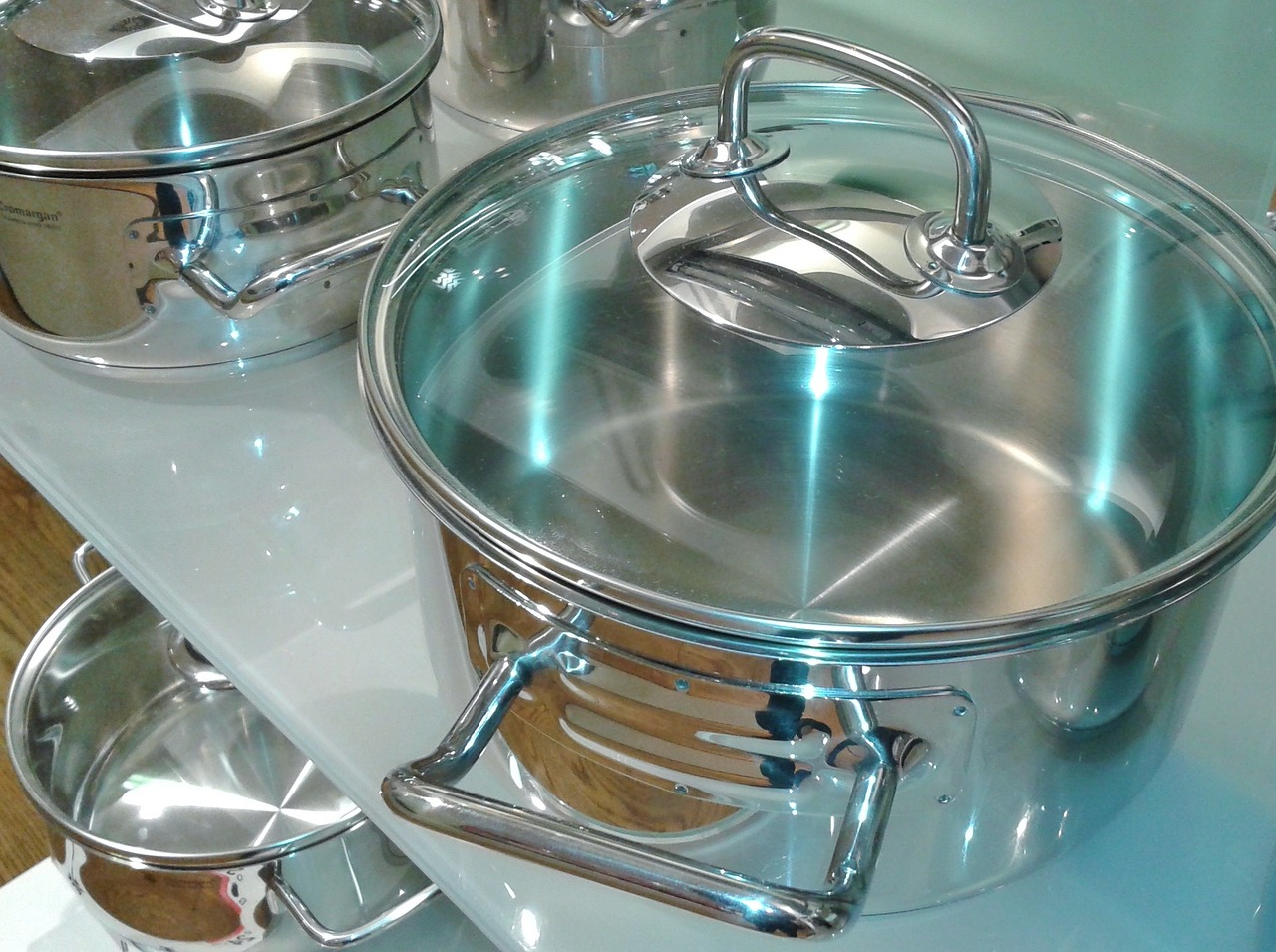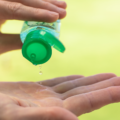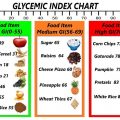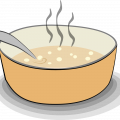
In today’s fast-paced world, convenience often takes precedence in our daily lives, and our choice of cookware is no exception. With a growing emphasis on health and well-being, it’s imperative to consider not only the nutritional quality of our meals but also the potential health risks associated with the tools we use to prepare them.
Non-toxic cookware has become a hot topic, with public health implications at the forefront of the conversation. In this article, we will explore the importance of choosing non-toxic cookware for the well-being of you and your family, discussing the materials, the potential health risks of toxic cookware, and sustainable alternatives that safeguard public health.
The Significance of Cookware in Public Health
Cookware is an integral part of our kitchens, a basic necessity for preparing food. However, the materials used in cookware can have a significant impact on our health. When you cook with toxic materials, they can leach harmful substances into your food, putting your health at risk. Public health is directly affected by these choices, as long-term exposure to these toxic compounds can lead to chronic health issues. Understanding the potential health risks of toxic cookware is the first step in making informed choices.

Potential Health Risks of Toxic Cookware
- Teflon and Non-Stick Cookware
Non-stick cookware has been a kitchen favorite for its convenience, but it comes with potential health risks. Most non-stick cookware is coated with a synthetic compound called perfluorooctanoic acid (PFOA) or other per- and polyfluoroalkyl substances (PFAS). When heated, these coatings can release toxic fumes, causing flu-like symptoms in humans, a condition known as “Teflon flu.” PFOA is also a known carcinogen and has been linked to various health issues.
- Aluminum Cookware
Aluminum cookware is lightweight and affordable, but it can react with acidic or alkaline foods, leading to the release of aluminum into your meals. High levels of aluminum in the body have been associated with Alzheimer’s disease and other neurological disorders.
- Copper Cookware
Copper cookware is known for its excellent heat conductivity, but it can be problematic when not properly lined with a non-reactive material like stainless steel. Excessive consumption of copper can lead to copper toxicity, causing symptoms such as nausea, vomiting, and liver damage.
- Traditional Non-Stick Cookware
Older versions of non-stick cookware often used perfluorooctane sulfonate (PFOS), which was phased out due to its toxicity. However, these older pans may still be in use in many households, posing a risk to public health.
Choosing Non-Toxic Cookware
To prioritize public health and your well-being, it’s essential to select non-toxic cookware. Here are some alternatives that can help you maintain a safer kitchen environment:
- Stainless Steel
Stainless steel cookware is non-reactive and durable. It doesn’t leach harmful substances into your food, making it a popular choice for health-conscious cooks. Ensure you choose high-quality, food-grade stainless steel for the best results.
- Cast Iron
Cast iron cookware is lauded for its durability and heat retention. When seasoned properly, it becomes virtually non-stick. However, it’s important to maintain and clean cast iron cookware correctly to prevent rust and maintain its non-toxic properties.
- Glass and Ceramic
Glass and ceramic cookware are inert materials that do not react with food. They are safe for cooking and do not release any harmful chemicals when exposed to heat.
- Enameled Cast Iron
Enameled cast iron cookware combines the benefits of cast iron with a non-reactive enamel coating. This makes it a safe and user-friendly option, providing the best of both worlds.
- Silicone
Silicone bakeware and kitchen utensils are heat-resistant and do not release toxic fumes, making them a suitable choice for health-conscious bakers and cooks.
- Pots and Pans with Safe Coatings
Some cookware brands offer non-toxic, non-stick coatings that are free from PFOA, PFOS, and other harmful substances. These coatings are designed to withstand high temperatures and are a safer alternative to traditional non-stick cookware.
Sustainable Practices for Non-Toxic Cooking
In addition to choosing non-toxic cookware, consider adopting sustainable practices that further protect public health and the environment:
- Reduce Heat
Cooking at lower temperatures whenever possible can minimize the risk of leaching from cookware and help conserve energy.
- Regular Maintenance
Properly maintain and season your cookware to extend its lifespan and prevent any potential health risks associated with aging or rusting.
- Choose Local and Organic Ingredients
Opt for local and organic ingredients to further reduce exposure to harmful chemicals and pesticides.
- Proper Ventilation
Use proper kitchen ventilation to reduce exposure to fumes and particles that may be released during cooking.
- Mindful Cooking
Be conscious of your cooking methods, and avoid overheating or burning food to prevent the breakdown of cookware materials.
Conclusion
Non-toxic cookware is a crucial component of public health in the modern kitchen. By understanding the potential health risks associated with toxic cookware materials and choosing safe alternatives, you can protect yourself and your family from harmful chemical exposure. Additionally, adopting sustainable cooking practices can contribute to a healthier and more environmentally responsible lifestyle. Make informed choices in your kitchen to prioritize public health and create a safer, more wholesome environment for everyone who shares your meals.




